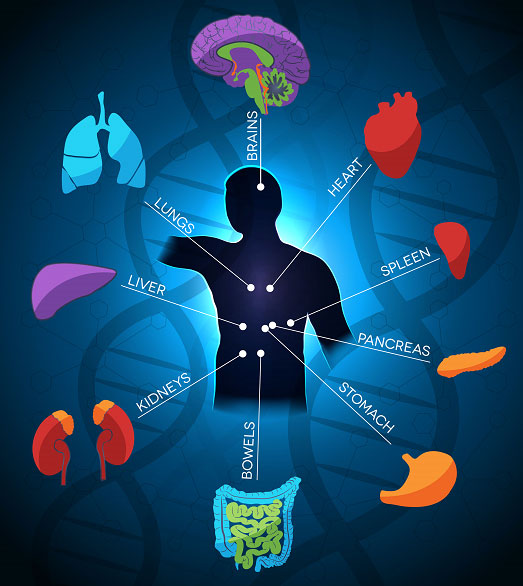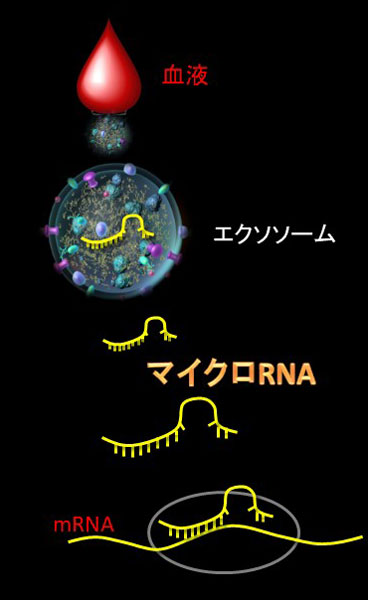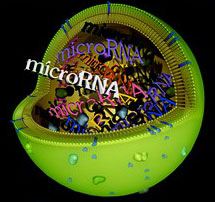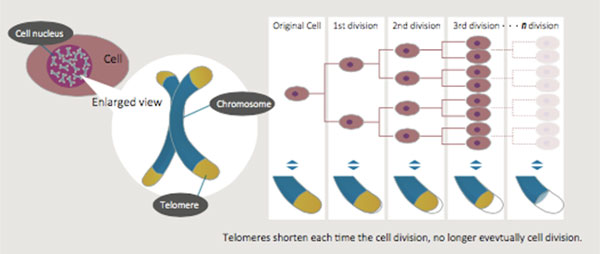Organoid
An organoid is an organ in vitro, which can be now produced under a three-dimensional culture. The technology has started to draw attention.
Each organ of the human body is made up of many cells—an organoid is created by combining these cells artificially and sterically.
"Artificial" means to form cells in three-dimensional culture outside of the human body by taking advantage of their self-replication and differentiation ability.
It is impossible to experiment by taking human organs out of a body, but various experiments can be performed with an organoid as it is an organ in vitro produced outside a human body.
The research field for organoids is rapidly expanding globally to unravel the mysteries of materials such as microRNA, exosomes, and telomeres, with the artificial organ attracting attention as a new medical technology to protect human beings from all kinds of cancers and diseases.
MicroRNA
A microRNA is a message substance (small nucleic acid) that is carried by exosomes (small capsules) into the body.
MicroRNAs themselves are very unstable; when they come into the blood stream, they are instantly broken down, so they are packed and protected in lipid bilayer exosomes.
The type of microRNA message is determined by the sequence of 22 bases, and as with the alphabet, its meaning, message, and information change when these sequences are rearranged.
Indeed, microRNAs are the leader of message substances.
In recent years, it has been found that microRNAs are effective for diagnosing many diseases such as cancer and adult diseases and are attracting attention worldwide as the next-generation nucleic acid drug.
Exosome
Exosomes are message substances and granular bioactive substances of 50 to 150 nanometers in diameter that are secreted from cells. One-hundred trillion of them are in 1 cc of blood that circulates in the body.
It was thought that human organs operate by commands issued by the brain, but exosomes overturn this theory.
Exosomes are message capsules (membrane vesicles) for communication among organs and are also known as a natural delivery system.
Inside the body, exosomes are constantly sustaining life by repeating large amounts of interactions among organs (cells).
By looking at what messages exosomes have, health professionals can discover signs of a disease in the body.
In addition, research has begun regarding using exosomes as a vessel that carries medicines or new anti-cancer drugs. There is an infinite number of possibilities for research on exosomes, which is drastically changing the common knowledge about health.
Telomere
EA telomere acts as a cap to protect chromosomal terminuses and consists of various proteins and DNA with base sequences like TTAGGG.
A telomere becomes shorter every time a cell divides, and when it becomes extremely short, cell division stops and the cell becomes a senescent cell.
The accumulation of senescent cells can cause hypofunction and functional disorder of organs and tissues.
The shortening of telomeres also occurs when human somatic cells are extracted and cultured.
When a telomere becomes shorter than a certain length, the cell irreversibly stops its growth and becomes a status called cellular senescence.





